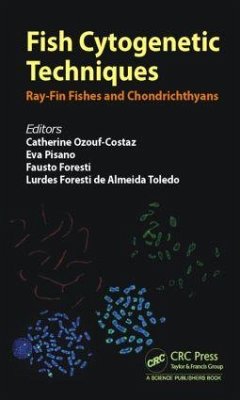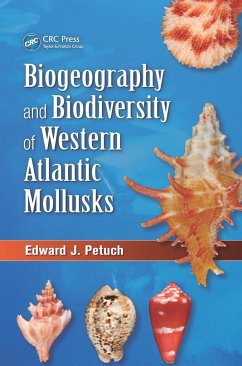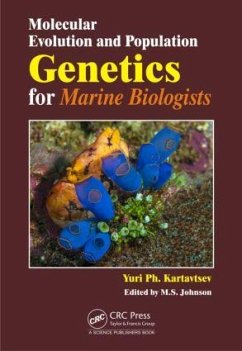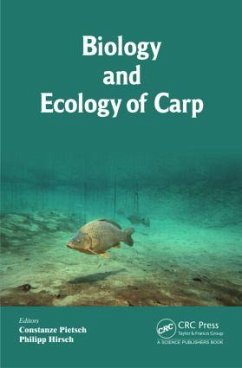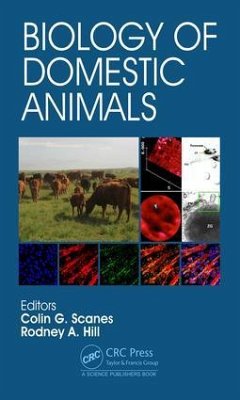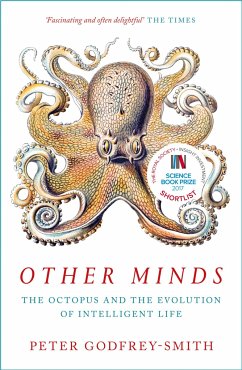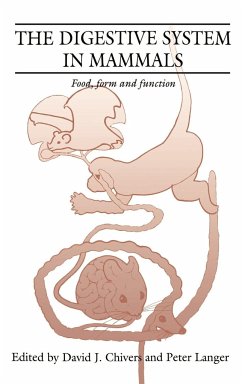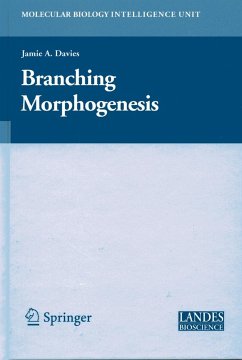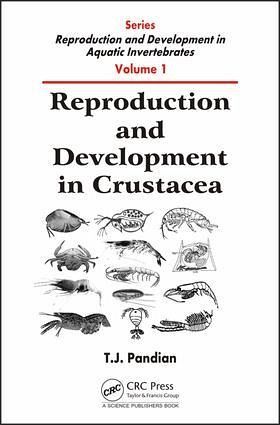
Reproduction and Development in Crustacea
Versandkostenfrei!
Versandfertig in über 4 Wochen
237,99 €
inkl. MwSt.

PAYBACK Punkte
119 °P sammeln!
Dating back to the early Cambrian period, crustaceans had ample time to undertake endless experimentation with form and function. Today, no other group of plants or animals on the planet exhibit the range of morphological diversity seen among extant Crustacea. With more than 52,000 species, they are placed fourth in terms of overall species diversity. This book comprehensively elucidates the reproduction and development of all the taxonomic groups of Crustacea and bridges the gap between conventional zoologists and molecular biologists. Reproductive modes from the point of embryonic stem cells...
Dating back to the early Cambrian period, crustaceans had ample time to undertake endless experimentation with form and function. Today, no other group of plants or animals on the planet exhibit the range of morphological diversity seen among extant Crustacea. With more than 52,000 species, they are placed fourth in terms of overall species diversity. This book comprehensively elucidates the reproduction and development of all the taxonomic groups of Crustacea and bridges the gap between conventional zoologists and molecular biologists. Reproductive modes from the point of embryonic stem cells and primordial germ cells is discussed with a special section on cysts.



